Femke Lamers
Identifying depression-related topics in smartphone-collected free-response speech recordings using an automatic speech recognition system and a deep learning topic model
Sep 05, 2023



Abstract:Language use has been shown to correlate with depression, but large-scale validation is needed. Traditional methods like clinic studies are expensive. So, natural language processing has been employed on social media to predict depression, but limitations remain-lack of validated labels, biased user samples, and no context. Our study identified 29 topics in 3919 smartphone-collected speech recordings from 265 participants using the Whisper tool and BERTopic model. Six topics with a median PHQ-8 greater than or equal to 10 were regarded as risk topics for depression: No Expectations, Sleep, Mental Therapy, Haircut, Studying, and Coursework. To elucidate the topic emergence and associations with depression, we compared behavioral (from wearables) and linguistic characteristics across identified topics. The correlation between topic shifts and changes in depression severity over time was also investigated, indicating the importance of longitudinally monitoring language use. We also tested the BERTopic model on a similar smaller dataset (356 speech recordings from 57 participants), obtaining some consistent results. In summary, our findings demonstrate specific speech topics may indicate depression severity. The presented data-driven workflow provides a practical approach to collecting and analyzing large-scale speech data from real-world settings for digital health research.
Detecting the Severity of Major Depressive Disorder from Speech: A Novel HARD-Training Methodology
Jun 02, 2022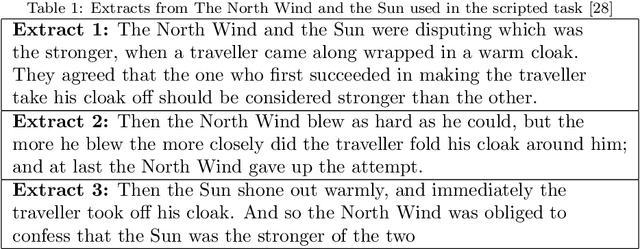
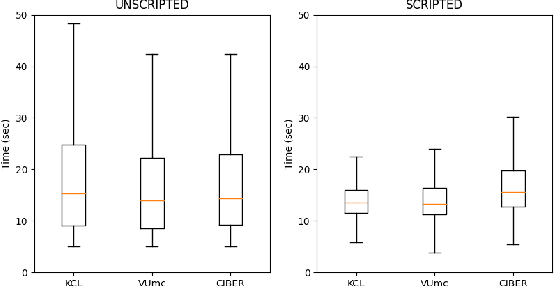
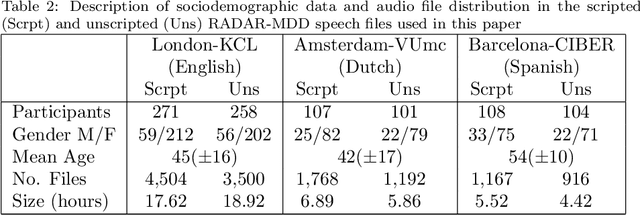
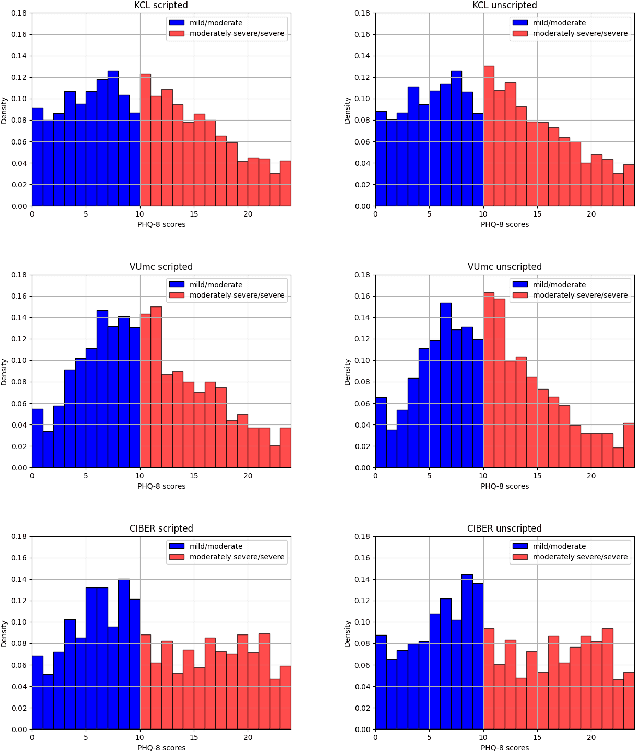
Abstract:Major Depressive Disorder (MDD) is a common worldwide mental health issue with high associated socioeconomic costs. The prediction and automatic detection of MDD can, therefore, make a huge impact on society. Speech, as a non-invasive, easy to collect signal, is a promising marker to aid the diagnosis and assessment of MDD. In this regard, speech samples were collected as part of the Remote Assessment of Disease and Relapse in Major Depressive Disorder (RADAR-MDD) research programme. RADAR-MDD was an observational cohort study in which speech and other digital biomarkers were collected from a cohort of individuals with a history of MDD in Spain, United Kingdom and the Netherlands. In this paper, the RADAR-MDD speech corpus was taken as an experimental framework to test the efficacy of a Sequence-to-Sequence model with a local attention mechanism in a two-class depression severity classification paradigm. Additionally, a novel training method, HARD-Training, is proposed. It is a methodology based on the selection of more ambiguous samples for the model training, and inspired by the curriculum learning paradigm. HARD-Training was found to consistently improve - with an average increment of 8.6% - the performance of our classifiers for both of two speech elicitation tasks used and each collection site of the RADAR-MDD speech corpus. With this novel methodology, our Sequence-to-Sequence model was able to effectively detect MDD severity regardless of language. Finally, recognising the need for greater awareness of potential algorithmic bias, we conduct an additional analysis of our results separately for each gender.
Predicting Depressive Symptom Severity through Individuals' Nearby Bluetooth Devices Count Data Collected by Mobile Phones: A Preliminary Longitudinal Study
Apr 26, 2021
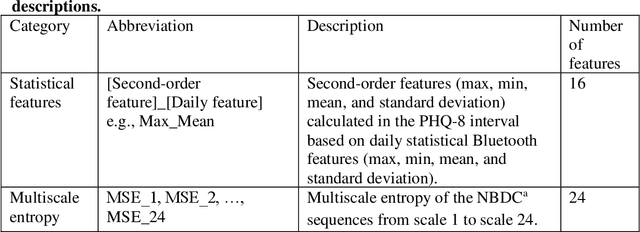
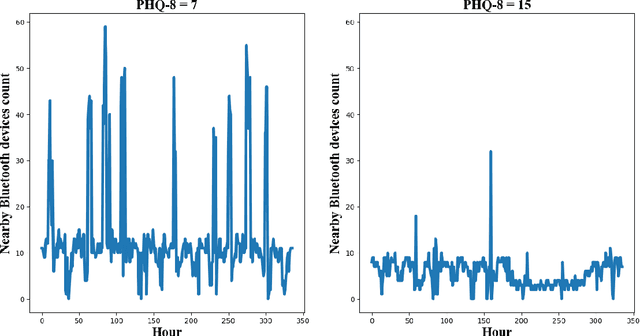

Abstract:The Bluetooth sensor embedded in mobile phones provides an unobtrusive, continuous, and cost-efficient means to capture individuals' proximity information, such as the nearby Bluetooth devices count (NBDC). The continuous NBDC data can partially reflect individuals' behaviors and status, such as social connections and interactions, working status, mobility, and social isolation and loneliness, which were found to be significantly associated with depression by previous survey-based studies. This paper aims to explore the NBDC data's value in predicting depressive symptom severity as measured via the 8-item Patient Health Questionnaire (PHQ-8). The data used in this paper included 2,886 bi-weekly PHQ-8 records collected from 316 participants recruited from three study sites in the Netherlands, Spain, and the UK as part of the EU RADAR-CNS study. From the NBDC data two weeks prior to each PHQ-8 score, we extracted 49 Bluetooth features, including statistical features and nonlinear features for measuring periodicity and regularity of individuals' life rhythms. Linear mixed-effect models were used to explore associations between Bluetooth features and the PHQ-8 score. We then applied hierarchical Bayesian linear regression models to predict the PHQ-8 score from the extracted Bluetooth features. A number of significant associations were found between Bluetooth features and depressive symptom severity. Compared with commonly used machine learning models, the proposed hierarchical Bayesian linear regression model achieved the best prediction metrics, R2= 0.526, and root mean squared error (RMSE) of 3.891. Bluetooth features can explain an extra 18.8% of the variance in the PHQ-8 score relative to the baseline model without Bluetooth features (R2=0.338, RMSE = 4.547).
 Add to Chrome
Add to Chrome Add to Firefox
Add to Firefox Add to Edge
Add to Edge